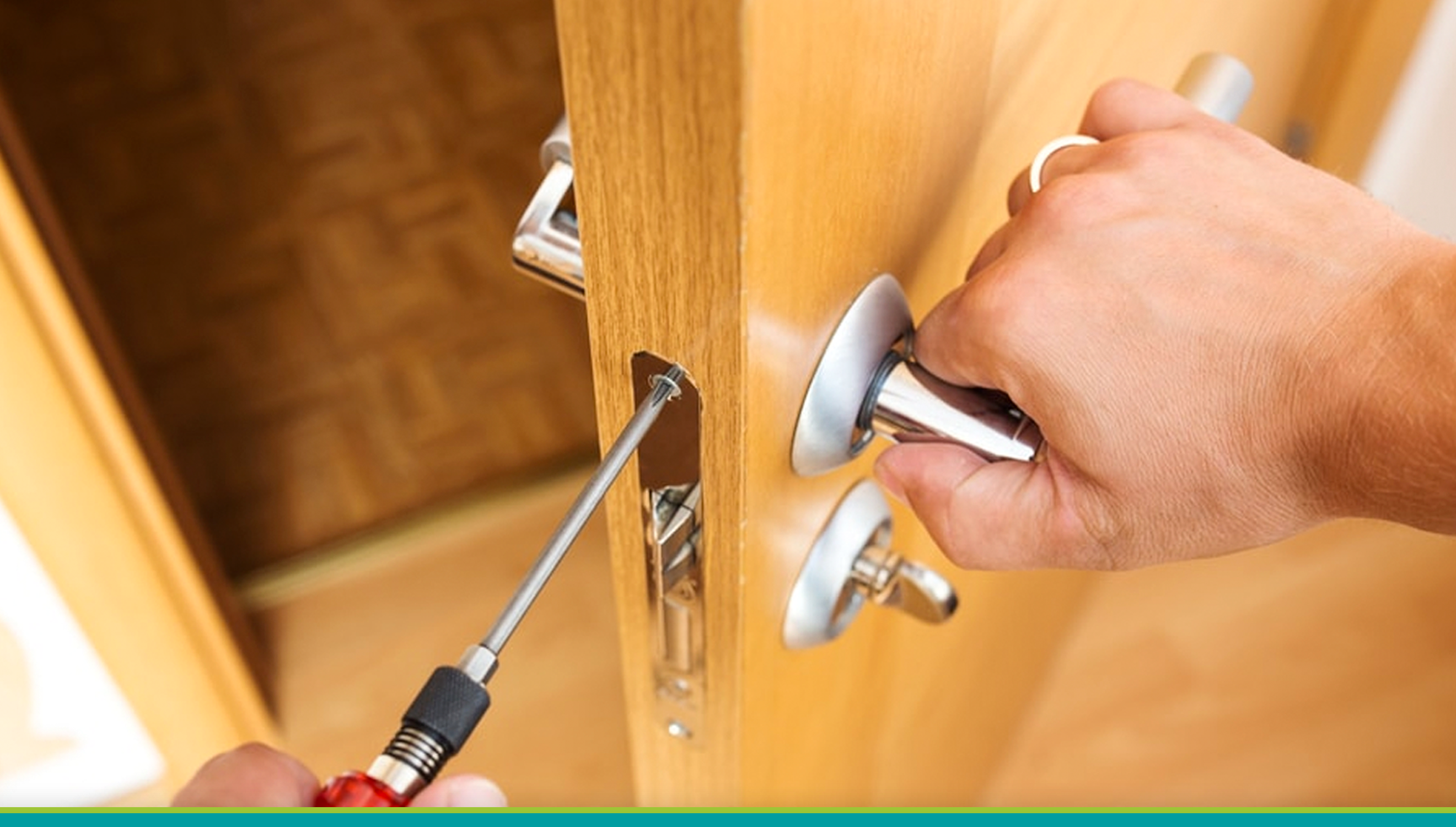Why a Wooden Door Might Stick
When you think about the number of times a day you open and close a door, and multiply that by the number of days since your door has been hung, the results are astonishing! Doors are constantly being pulled open and pushed closed, which strains everything from the hardware to the door jamb itself.
Beyond normal wear and tear, there are a number of reasons a wood door might get stuck. Changes of weather, specifically increases in humidity, can cause a door to swell. Excessive moisture and exposure to water can also change the size and shape of a door.
If your door won’t close, trying these solutions first to potentially prevent bringing in a professional.
Door Hinge Issues
Hinge issues can cause the door to sag or no longer meet the latch strike plate. Both of these issues make the door difficult to close and can cause damage to the floor or door jamb. If your door is scraping the floor or otherwise appears to be uneven, the first thing to do is to check to make sure all of the hinge screws are tight. You will need to check the screws on the door as well as the door jamb. Support the sagging corner of the door with a flat object like a magazine before tightening the screws to ensure a level door.
The constant pressure put on hinges from opening, closing and holding the weight of a door can cause the hinge screws to strip out the wood. If the wood is no longer holding the screw in place, you can drill out the old hole and insert a piece of dowel that is the same size as the drilled hole. You can add a little bit of wood glue for added security prior to inserting the dowel. You can then replace the screw by drilling directly into the dowel instead of the door. This prevents you from having to move the hinge on the door jamb.
You can maintain healthy door by applying a small amount of oil onto the hinges. Well oiled hinges should prevent the need to pull on the door any harder than intended.
Door Latch Problems
A broken door latch may prevent an interior door from closing properly. The door might not stay closed, or it could even grind against the latch strike plate while trying to close the door.
Begin by tightening the screws to see if misalignment or bulging may be the issue. If simply tightening the screws doesn’t work, you may want to consider widening the strike plate hole with a half-round file to match the curve of the latch hole. This method works best if the latch misses the strike plate hole by ⅛ “ or less. If the latch strikes more than ⅛” too high or low, the strike plate will need to be repositioned.
The Fit of the Door
If your door is exposed to a lot of humidity, like in a bathroom or kitchen, residue can build up around the edges of your door, causing the door to stick. Residue is simple to remove; it just requires a wipedown with a mild dish detergent and a damp cloth. Be sure to thoroughly dry the door to prevent problematic door warping from excess moisture.
After you’ve checked the hinges, latches and given the door a wipe down, if it still won’t close properly you will need to check the fit of the door. If one side of the door is not completely level, the door could stick in the corners or even scrape the floor as you move it. Using sandpaper or a handheld planer, you can slowly take down the uneven portion and try to square it with the rest of the door. Make sure you take your time with this, it can be easy to take off too much! If you don’t have experience with a planer, this might be the right time to contact a professional.
Adjusting the Jamb
If the door still won’t close properly after trying the previous three solutions, there is one more thing you can try- adjusting the width of the jamb. There should be a gap about the thickness of a nickel between the door and all of the sides of the jamb (except for the bottom, there should be more clearance here). If the door has expanded more than this, it will no longer fit in the jamb. You can sand or plane the door jamb ⅛” to ensure that the door will continue to fit if it swells again.
First, remove the door from the jamb. Mark ⅛” from the edge of the jamb and draw a line along the length of the jamb. Using an orbital sander, carefully remove material from one side of the jamb and check the door regularly for fit. Once the door fits nicely, prime and paint any exposed wood to prevent further moisture from entering the wood.




The door to the kitchen won’t shut as it catching the floor in the bottom corner so the door won’t shut do I saw a bit of the bottom corner
Leave a comment